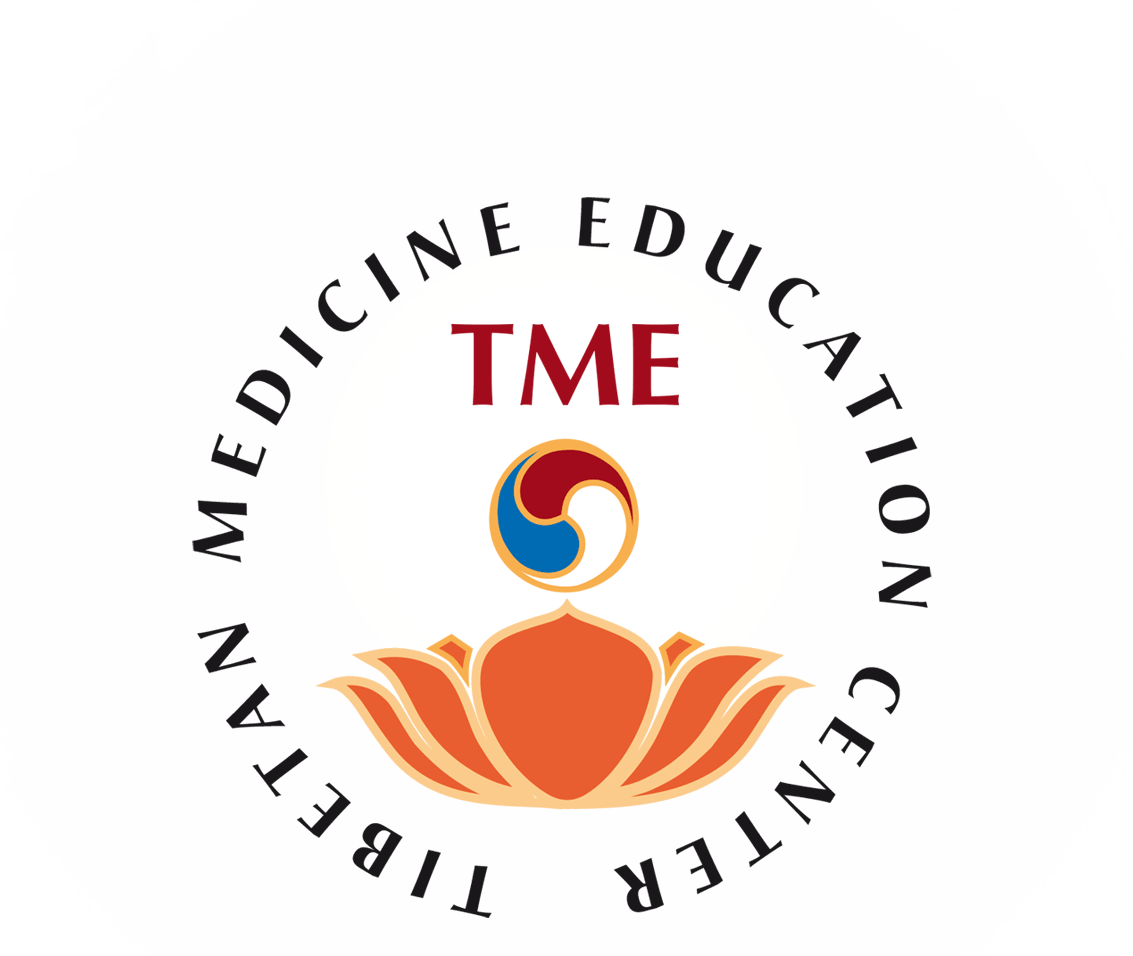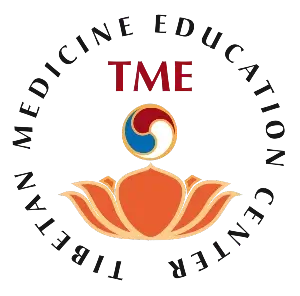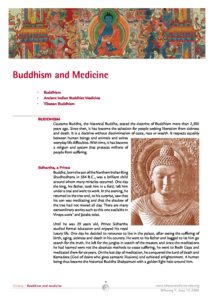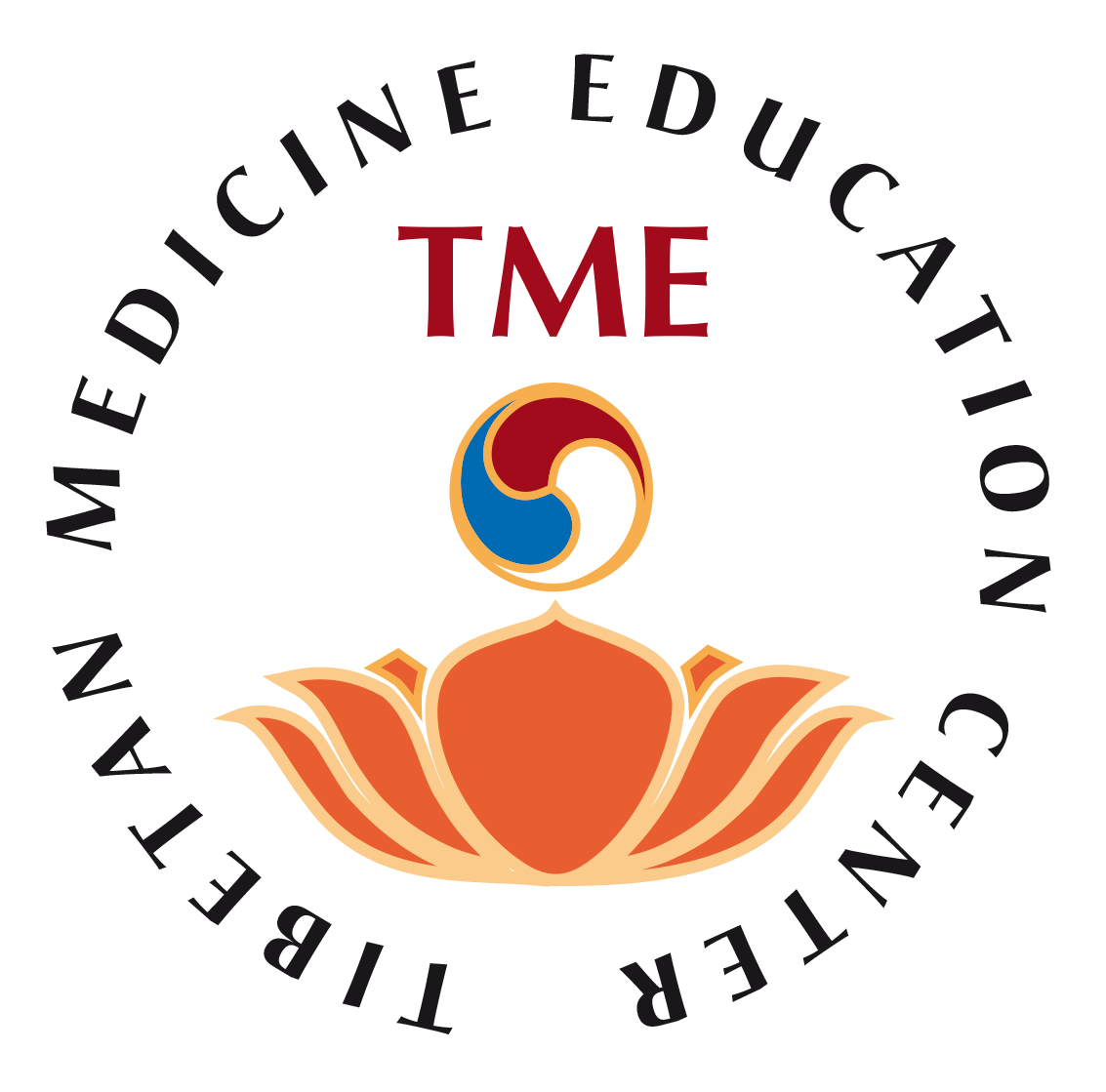Buddhism and Medicine
Buddhism and Medicine

Gautama Buddha, the historical Buddha, stated the doctrine more than 2,500 years ago. Since then, it has become the salvation for people seeking liberation from sickness and death. It is a doctrine without discrimination of caste, race or wealth. It respects equality between human beings and animals and solves everyday life difficulties. With time, it has become a religion and system that protects millions of people from suffering.
Buddha turned the ‘wheel of Dharma‘ three times. The first turning the wheel of Dharma teaches the ‘Four Noble Truths‘: the truth of suffering, the truth of its causation, the truth of its cessation and the truth of the path. The truth of suffering is about the four sufferings of rebirth, ageing, sickness and dying. Buddha taught the method to permanently stop the cause of deep and temporary sufferings. Suffering results from mental ignorance which provokes the arising of physical and mental disorders.
The basic concept of the cause of disease and its symptoms, or suffering, as being part of life and its evolution, and the method to cure and prevent suffering temporarily and permanently are the background and foundation of Tibetan medicine. It therefore can definitely be called: Buddhist Medicine. The story of the wisdom eye of Kumara Jeevaka which was opened upon learning the Four noble truths is an example of the concept of Buddhist medicine. Tibetan scholars borrowed Buddhist concepts, philosophy and medicine and adapted them in the snow land. Because they were practiced with ethics and moral discipline, they won the hearts of the Tibetan people.
According to history, Buddha first taught medicine to his sangha or group of followers and he allowed monks to visit physicians and to carry medicines with them as described in the ‘Dulwa-smangzhi, ‘Vinaya sutra on medicine‘. He later taught the Gyud-shi, which are the four medical tantras at the foundation of the Tibetan medical system. This system focuses on the direct healing of the patient’s body/mind with the help of the appropriate medicines, diet, behavior and therapies in order to pacify the result of mental negative passions. Somatic medicine, however, is not enough to uproot the causes of disease; therefore Buddha taught the method to become aware of and to pacify negative emotions. He laid down the foundation of the wisdom which can be developed through concentration meditation and moral discipline based on love and compassion. In Buddhism, when the mind is liberated from the cage of ignorance and delusion, it is considered to be ‘free from disease’.
Therefore, Buddha said: “Bodhisattvas should learn the art of healing in order to help others and to liberate them from suffering”. Bodhisattvas should strive for and gain the merits of the six perfections: moral-discipline, patience, effort, generosity, concentration-meditation and wisdom. The great generosity of ‘saving life‘ is especially important and, joined with love and compassion, it is an even more powerful cause for enlightenment. Therefore, the Tibetan medical system became a special instrument of Tibetan Mahayana Buddhism because TM physicians are called upon to express the Bodhisattva’s perfection in their medical practice. The physician has a special role in Tibetan Buddhism and there are hundreds of stories about the historical Buddha’s life and his earlier lives in relation to his role as a healer of suffering. They are described in the Jataka tales and in the Vinaya sutra of the Buddhist tripitaka (Kagyur and Tengyur) collections.
If you want to know more about:
• Buddhism
• Ancient Indian Buddhist Medicine
• Tibetan Buddhism
you can download this pdf document (13 pages, 716Ko) “Buddhism and Medicine”




